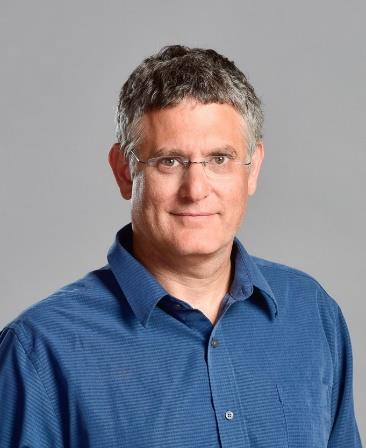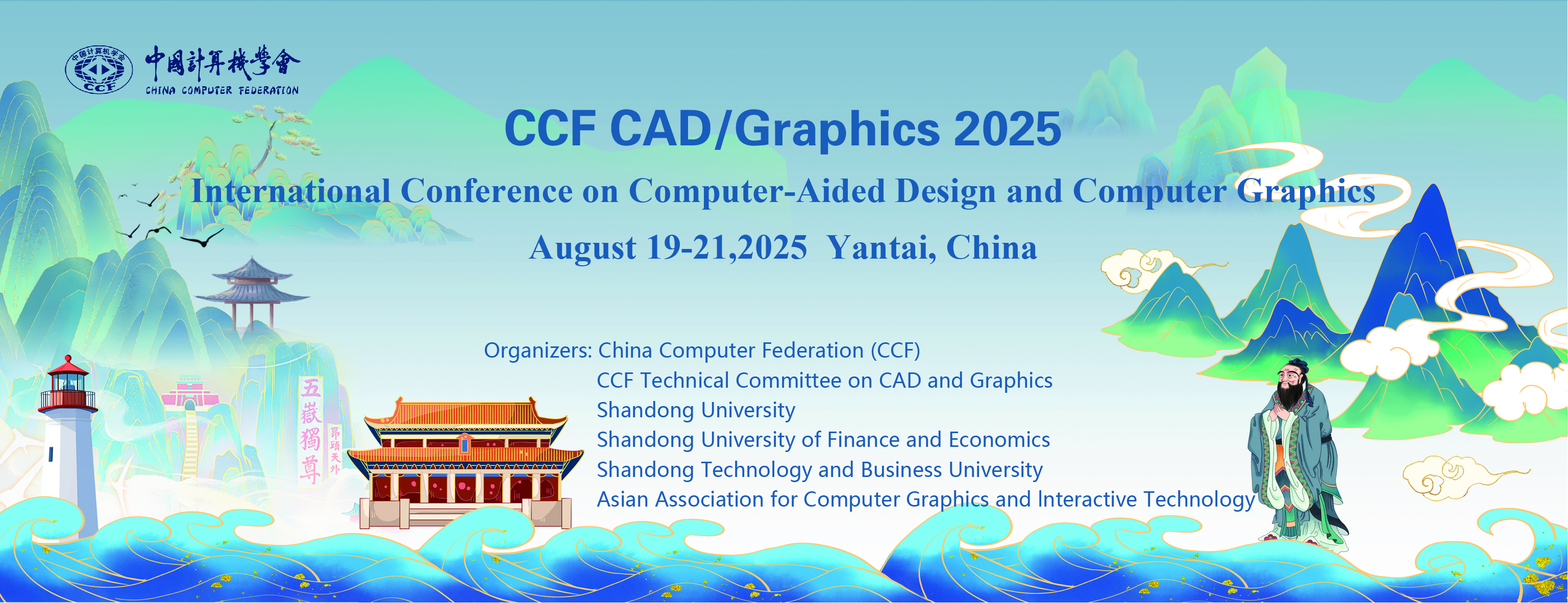
Ariel Shamir
Biography:
Ariel Shamir is a professor and the former Dean of Reichman University in Israel, specializing in computer graphics, image and video processing, geometric modeling, and machine learning. He received his PhD degree from the Hebrew University in Jerusalem in 1999. He has been one of the most prolific authors in computer graphics in the last decade, making several pioneering contributions in a wide array of topics, including image and video processing, shape analysis, 3D modeling, fabrication and animation. He co-developed the seam carving algorithm, a seminal method for content-aware image resizing that preserves important visual content while adjusting image dimensions, which inspired many follow-up techniques. Other notable projects include Sketch-to-Photo, an early method for converting sketches to photographs; 3Sweep, a tool for transforming 2D images into 3D models using intuitive gestures; and CLIPasso, which won a Best Paper Award at SIGGRAPH 2022 for generating semantically meaningful sketches at varying levels of abstraction. In 2023, his project Word-as-Image received an Honorable Mention at SIGGRAPH for its innovative approach to semantic typography. Ariel was honored with the 2023 AsiaGraphics Outstanding Technical Contributions Award for his influential and creative research in computer graphics. He was inducted into SIGGRAPH Academy in 2024, and won the EuroGraphics Outstanding Technical Contributions Award in 2025.
https://faculty.runi.ac.il/arik/site/index.asp
Title:
Generating and Understanding Visual Abstractions and Stylistic Content
Abstract
Visual abstractions constitute a large part of human creation and communication: they are used for illustrations, instructions, explanations as well as in entertainment and art. For these reasons, the ability to understand and create visual abstractions and stylistic content is also crucial for the development of Artificial Intelligent agents and algorithms.
In this talk I will present several efforts for such creations of stylistic content in paintings and sketches including works such as 'the face of art', 'Clipasso', 'word as image' and more. These works use data driven approaches and recent generative models as well as Large Vision and Language models to support semantic understanding. These works were developed jointly with many students and colleagues, and some had won awards in SIGGRAPH and SIGGRAPH ASIA.
